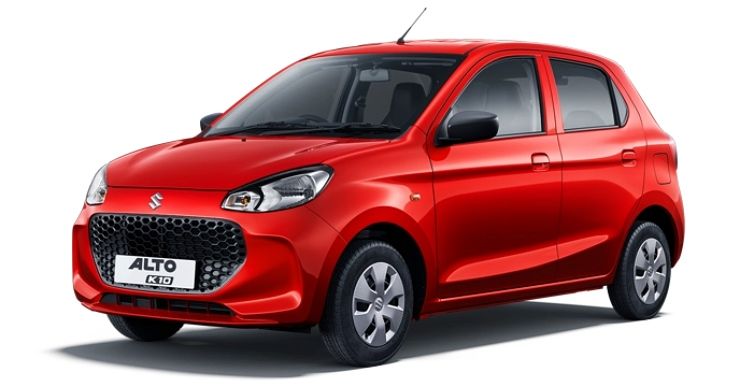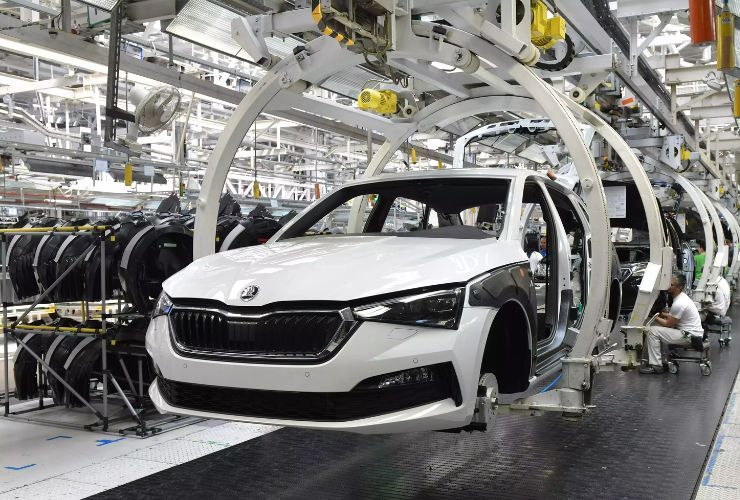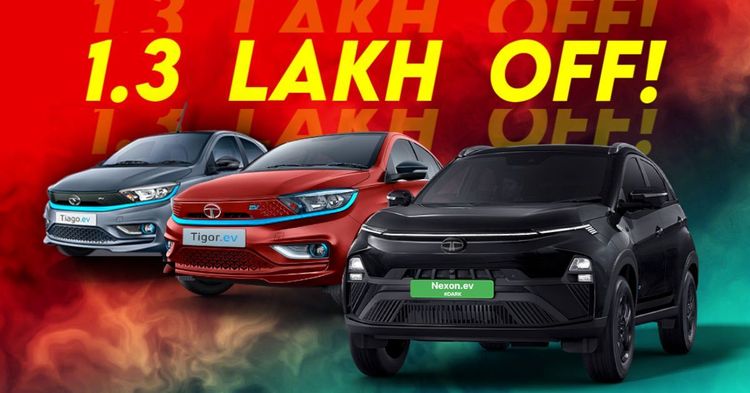Big Price Hikes Meet Big Discounts: Understanding India's Confusing Car Market


Walk into a car showroom in India today, and you’ll likely come away puzzled. Car prices have surged over the past year, often by tens of thousands—sometimes even lakhs of rupees. Yet, you’ll also find boards announcing hefty discounts, exchange bonuses, and festive offers. So, what’s really going on? Why are cars getting more expensive, even as discounts grow bigger than ever? The answer lies in a changing market, where consumer sentiment, manufacturing trends, and long-term bets are colliding.
India’s passenger vehicle market has seen a decade of expansion. Between 2014 and 2024, the industry recorded a compound annual growth rate (CAGR) of nearly 5%. FY24 saw record sales of over 4.2 million units, followed by a slight rise to 4.3 million in FY25. This growth came on the back of rising incomes, easy financing, and a consumer shift from two-wheelers to cars. The SUV segment, in particular, transformed the landscape by drawing buyers toward higher-priced models.

But that momentum is now slowing. FY25 has seen car sales grow by just 2%, the lowest in four years. This is a stark contrast to the 27% growth in 2023 and 12% in 2022. The biggest drag has come from the entry-level segment—cars priced under ₹10 lakh—where demand in urban markets has softened. These budget-friendly models once formed the backbone of the market but are now losing ground due to higher costs and stagnant earnings. Rural demand remains relatively steady, but the urban slowdown is becoming harder to ignore.

Even as growth stalls, carmakers are adding production capacity at a rapid pace. Nine of the country’s top manufacturers are expanding their plants to collectively build an additional three million vehicles a year—an increase of over 50% from current levels. By 2031, India’s total production capacity is expected to touch 8.77 million units annually, up from 5.77 million today—new car sales are around 4 million only.
This might seem counterintuitive in a cooling market. But the logic is long-term. Car ownership in India remains low—just 26 vehicles per 1,000 people compared to 183 in China and nearly 600 in the US. Manufacturers are preparing for a future where millions of Indians will buy their first car. There’s also an eye on exports. India is rapidly becoming a key hub for global car production, and firms are gearing up to meet both local and international demand.
At the same time, consumers are facing pressure from multiple fronts. Inflation remains high, job creation is uneven, and there’s growing financial uncertainty. Many families, particularly in the middle class, are delaying big-ticket purchases. Taxes add to the burden—cars in India attract GST between 28% and 50%, along with state-level road tax and registration charges. Then there’s the added cost of safety and emissions upgrades. Transitions like BS6 compliance have added thousands to the price of even entry-level cars.
All this has created a tough environment for budget buyers. Cars like the Maruti Alto, which once ruled the roads, are seeing declining numbers. The market is becoming more polarised—while premium models and SUVs still draw buyers, the affordable segment is shrinking. That’s a challenge for the industry, as these are often the entry points for new car buyers who might upgrade over time.

With production running high and sales growth slowing, inventory is starting to pile up—especially for older models or less popular variants. Dealers need to clear this stock, while manufacturers want to keep their production lines moving. That’s led to an uptick in discounts, often running into lakhs of rupees. These are most visible on outgoing models, vehicles awaiting a facelift, or trims that haven’t found many takers.
Interestingly, while discounts are high, list prices continue to climb. That’s because price hikes are driven by real cost increases—raw materials, logistics, and regulatory compliance. But slashing the sticker price outright could hurt a brand’s long-term image. Discounts, in contrast, allow carmakers to manage stock and keep up the illusion of stable pricing.
As the new financial year began, nearly every carmaker revised prices upward. Maruti Suzuki raised rates by up to 4%, while Tata Motors and Mahindra hiked theirs by 2–3%. Even luxury brands like Audi and Mercedes joined in. The reasons are familiar—costlier raw materials, a weak rupee making imports more expensive, and rising operational overheads.
This isn’t new. Indian carmakers have typically raised prices twice a year—once in January and again around April. The difference now is that these increases are hitting buyers harder, especially those already feeling the pinch of inflation.

Despite the price hikes, most dealerships are brimming with offers. Maruti is offering up to ₹1.7 lakh off on older versions of the Grand Vitara. Discounts on the Swift, Wagon R, and Baleno range from ₹35,000 to over ₹1 lakh. Citroën is offering cuts of up to ₹1.75 lakh, and Mahindra is running offers on models like the Thar and Scorpio N.
The reason is straightforward: demand is no longer as strong as it was, and unsold cars are stacking up. The post-COVID boom, which saw long waiting lists and record sales, has cooled off. In FY25, passenger vehicle sales grew by just 2.6%, highlighting the slowdown.
For someone looking to buy a car now, it’s both a challenge and an opportunity. Prices are undeniably higher than a year ago, but if you choose the right model—especially older trims or outgoing versions—you could walk away with a great deal. Entry-level cars might not offer the same value they once did, but SUVs and mid-range vehicles often come with feature-rich packages and attractive finance options.
There’s also more room to negotiate than before. Dealerships are under pressure, and the advertised discounts are often just the beginning. Buyers willing to put in the legwork—or just ask the right questions—can sometimes unlock even better deals.
India’s car industry is in a state of flux. Long-term, the growth potential remains strong. Rising incomes, greater aspirations, and a young population still make India one of the most promising automobile markets in the world. But in the short term, manufacturers and buyers are navigating a tricky path.
For now, the paradox continues—prices are rising, but discounts are too. And behind this contradiction is a market recalibrating itself for a future that’s not just about more cars, but different kinds of buyers, technologies, and expectations.